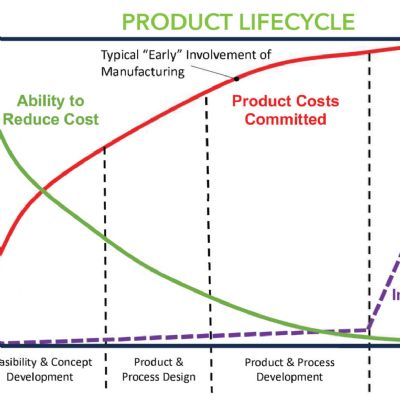 Irv Blackman
Irv BlackmanTax Law that Cuts Your Cost of Doing Business
December 1, 2009Comments
The Internal Revenue Code is not a friendly creature. It is designed to “taketh” your money; “giveth” is not in its vocabulary. Yet, there is a section of the code dealing with captive insurance companies (captives) that, when properly used, is primarily an income tax-saving machine for your business and can be structured to offer tax-advantaged benefits that create wealth for you or even your heirs. A real tax winner.
About 80 percent of the Fortune 500 take advantage of the captive benefits. But much smaller businesses can join the tax-saving/wealth-building fun. If you own all or a part of a business, listen up, you’ll love what you are about to read.
Note: The Obama administration has made it clear: Income-tax rates on high earners are going up. As you are about to learn, a captive is an especially welcome friend in a rising-tax-rate environment.
It’s difficult to find a CPA or lawyer who has even heard of captives. The few that know about captives may not have a clue of how to take advantage of the many benefits offered by captives for family-owned businesses or small public companies.
Just what is a captive? First and foremost it is a bonafide insurance company, an insurer established to provide coverage for the company or people who founded it. An example is the easiest to explain captives.
First, a simple example: Joe owns Success Co, which has some “uninsured risks” (explained in greater detail later) that his current property and casualty insurance (PCI) company will not insure. Joe creates New Co. (a captive), a corporation which is an insurance company covering Success Co.’s uninsured risks. The stock of New Co. is owned by Joe’s children.
Now for the fun part. Suppose the insurance premium for the uninsured risks are determined professionally by a consulting actuary to be $500,000 per year. Success Co. pays the $500,000 premium to New Co. The entire premium is immediately deductible by Success Co. like any other PCI. You’ll like this: Under the captive rules, all of the $500,000 is income tax-free to New Co.
Say Success Co. is in a 40-percent tax bracket, state and federal combined. Success Co. is only out of pocket $300,000 ($500,000 less $200,000 in tax savings). New Co. has the entire $500,000 to invest. A good start. But remember, New Co. is a captive and must hold the $500,000, plus earnings, as a fund to pay potential claims for the risks it insurers.
Next, let’s explain “uninsured risks.” Every business has risks, some insured, some uninsured. The most common risks—like workmen’s compensation, vehicle, property and general liability—are transferred to a third-party (your traditional property and casualty insurance carriers) and are insured risks.
Now let’s list some typical “uninsured risks,” the kind that you can’t buy coverage for in the traditional insurance market (as you scan down the list, check off those that apply to your business):
• Litigation defense/asset protection
• Loss of a key customer
• Loss of a key supplier
• Change in a law/regulation/ruling
• Product warranty
• Product liability
• Professional liability
• Strikes/labor problems
• Traditional policy exclusions/ deductibles







 Podcast
Podcast
 Webinar
Webinar